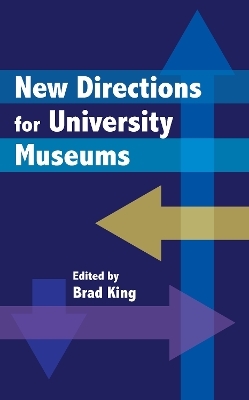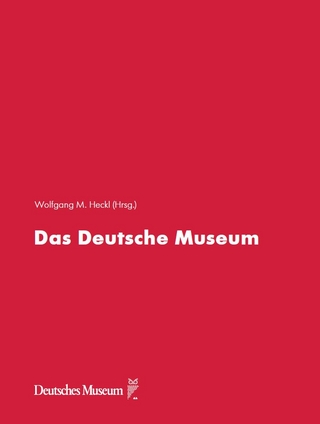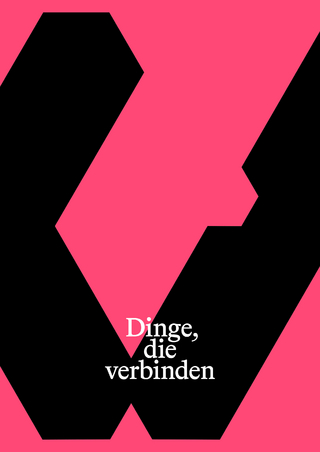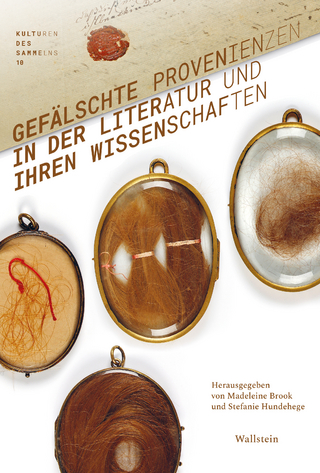
New Directions for University Museums
Rowman & Littlefield (Verlag)
978-1-5381-5772-5 (ISBN)
Although university museums are similar to other museums in their topic areas (art, natural history, archaeology, etc.) they are a unique category that requires special consideration. Today university museums are grappling with new forces that are affecting their future:
University museums still have a dual responsibility to campus and community, and they still try to mount exhibitions that are attractive to the communities in which they are embedded. But they are rethinking the nature of service to town and gown in response to larger trends around accessibility. It is no longer enough to try to attract visitors; these museums are becoming much more active and outgoing in their outreach to the broader public.
They have unparalleled access to academic firepower, but university museum research is no longer the sole province of academics, intended for publication in scholarly journals. In the 2020s, research is being made much more relevant to existential problems of the world. For example, some are bridging the gap between academic research and teaching and the most pressing social issues of our time, such as climate change, the fight against racism and the interface between humans and technology. University museum research is no longer cloistered, and these institutions are finding ways to better leverage the new knowledge yielded by collections-based research for both the university’s and for public benefit.
Student engagement and education is still important, but communication is no longer unidirectional (from faculty and museum staff to students). Now student input and co-curation is now invited as learning becomes a two-way street. Moreover, public science communication has become a much more important role for university museums.
These are, in effect, the “new directions” to which the title refers. The main thesis of the book is therefore that university museums are becoming much more outward-facing. They are engaging with the public and with the world at large as never before. In effect, they matter more than ever. This is the overarching “new direction”.
Within this general approach, there are a number of questions that the book addresses:
What are the expectations of university museums in the 21st century from their key stakeholders – university administrations, faculties and students, and the communities in which they are embedded? How are those expectations changing and how are the museums evolving to meet them?
How are university museums navigating the minefields of political polarization, “cancel culture” or heightened activism on campus and in society at large?
What is the nature of the relationship between the university’s research and teaching mission and the university museum? What trends can we identify, and how can we help the university museum director navigate those trends?
The university-donor relationship: what can we learn from a study of donor expectations and the dynamics of university-donor relationships in contemporary society?
How is the relationship between the university museum and the broader external community changing? How is the university museum contributing to (or detracting from) the overall relationship between the university and the community?
What role is the university museum playing in terms of public communication of research, especially public science communication?
This book is for all those who work in, benefit from or are interested in university museums. In particular, it is hoped that the book will help university museum leaders who are embarking on strategic plans understand the common issues that are currently affecting their peers, and provide some context and guidance to those leaders as they chart their own paths for the future and to advance larger goals. For faculty, it will show how the museum can help improve undergraduate teaching and graduate student training via highlights and illustrations of new ways in which faculty departments are cooperating and partnering with their campus museums, and from a university administration point of view, how the museum can help the university achieve its bigger strategic goals (such as helping increase the percentage of successful faculty grant applications).
Brad King is Vice President for Strategy with Lord Cultural Resources, an international museum and cultural planning firm. Based in Toronto, he has led or contributed to more than 250 museum planning projects in over 15 countries since joining Lord in 2000, including many university and academic museums. Brad holds a Ph.D. in History from the University of Toronto and is the author of chapters in The Manual of Museum Learning (1st ed., 2007) and The Manual of Museum Planning (3rd ed., 2012: Chapter 5, “Understanding Collections”) and is co-editor of The Manual of Museum Learning (2nd ed. 2016).
Foreword
Marta Lourenço
Introduction
Brad King
Part I: The Institutional Context
Introduction to Part I
Brad King
Chapter 1: University Museums and Collections: A Brief Functional and Historic Overview
Andrew Simpson
Chapter 2: The University Perspective: Defining Value to the Institution
Valeda Dent
Chapter 3: The University-Based Museum: Aligning Institutional Strategic Goals
Jason Cryan
Chapter 4: Museum-Administration Relations: Staying Relevant
Charlie Walter
Chapter 5: The Fine Art of Politics: the Art Museum in the University and the World Beyond
Brad Buckley
Part II: The Academic Mission: New Directions in Research and Teaching
Introduction to Part II
Brad King
Chapter 6: Data, Digital Tools, and Information Sharing in the Modern Natural History Museum
Gil Nelson and Elizabeth Ellwood
Chapter 7: The Museum's "Waking Dream": Strategies for Activating Open Storage
Roksana Filipowska
Chapter 8: Teaching Across Disciplines: Priming Students for Active Learning in the Art Museum
Sydney Simon
Chapter 9: Academic Connections Across Disciplines: The Museum as Instigator
Jane Thogerson and Eve Guerry
Chapter 10: Trends in Museum Studies Programs: Supporting Critical Thinkers and Critical Doers
Maria Economou, Katherine Lloyd and Rosie Spooner
Part III: The University Museum in the Community
Introduction to Part III
Brad King
Chapter 11: Town and Gown: University and College Galleries and Museums and Community Engagement
Sara Diamond
Chapter 12: Beyond the Museum: Engaging Broad and Diverse Audiences Through Web-based Resources at the University of California Museum of Paleontology
Lisa White
Chapter 13: Working with Refugees in UK University Museums: Opportunities and Challenges for Growth and Reciprocity
Lilian Cameron
Chapter 14: Communicating Research to the Public: Creative Publics, Cross-disciplinary Engagement and Para-academic Practices
Sarah Cook with Bilyana Palankasova
Chapter 15: Community and Place: The Raclin Murphy Museum of Art and the Notre Dame Arts District
Arianne Kouri
Part IV: The University Museum in a Changing World
Introduction to Part IV
Brad King
Chapter 16: The Potential for University Museums As Change Agents
Jane Pickering
Chapter 17: Knocking Down the Walls Between Universities and the Public
Sébastien Soubiran
Chapter 18: Repatriation and Decolonization
Sian Tiley-Nel
Chapter 19: Diversity on the Agenda: Complex Issues and the Contributions of University Museums
Marília Xavier Cury
Chapter 20: Social Justice and the University Museum’s Response/Ability: Code Switching… or Switching the Code?
Emelie Chhangur
Conclusion Brad King
Bibliography
About the Editor and the Contributors
Index
| Erscheinungsdatum | 03.11.2023 |
|---|---|
| Reihe/Serie | A Lord Cultural Resources Book |
| Verlagsort | Lanham, MD |
| Sprache | englisch |
| Maße | 159 x 236 mm |
| Gewicht | 767 g |
| Themenwelt | Kunst / Musik / Theater |
| Geisteswissenschaften ► Geschichte ► Hilfswissenschaften | |
| Sozialwissenschaften ► Pädagogik ► Erwachsenenbildung | |
| Wirtschaft ► Betriebswirtschaft / Management ► Unternehmensführung / Management | |
| ISBN-10 | 1-5381-5772-1 / 1538157721 |
| ISBN-13 | 978-1-5381-5772-5 / 9781538157725 |
| Zustand | Neuware |
| Informationen gemäß Produktsicherheitsverordnung (GPSR) | |
| Haben Sie eine Frage zum Produkt? |
aus dem Bereich


